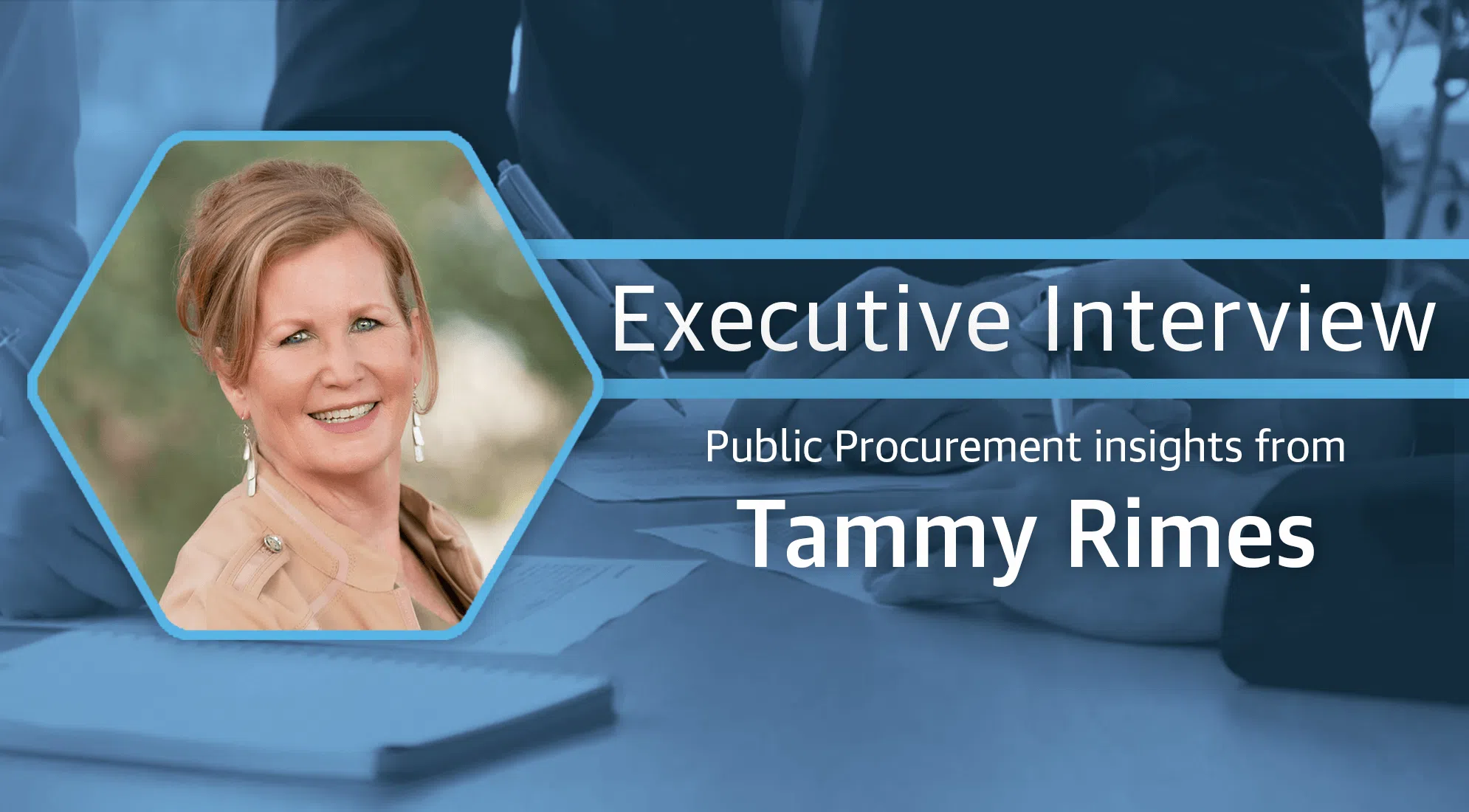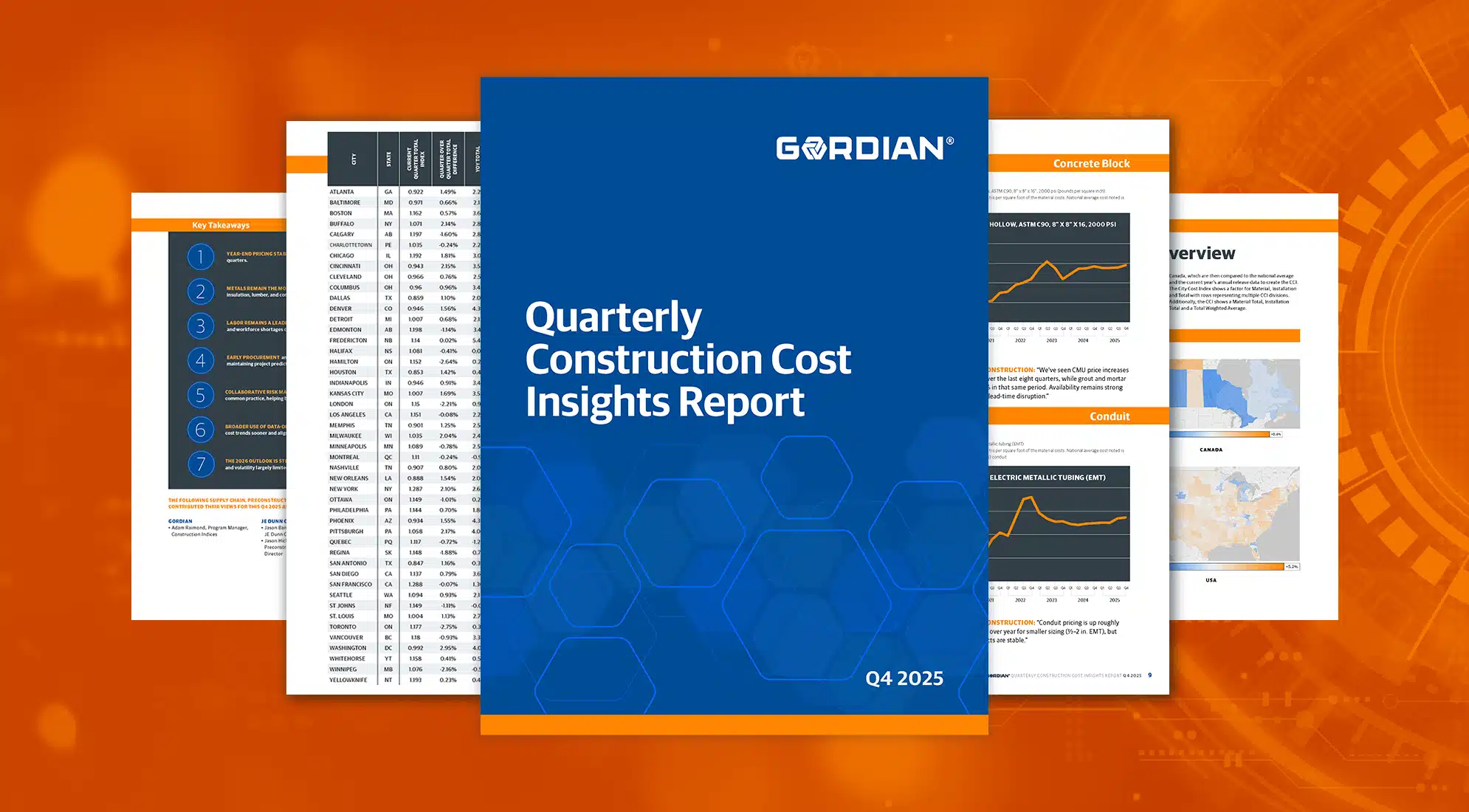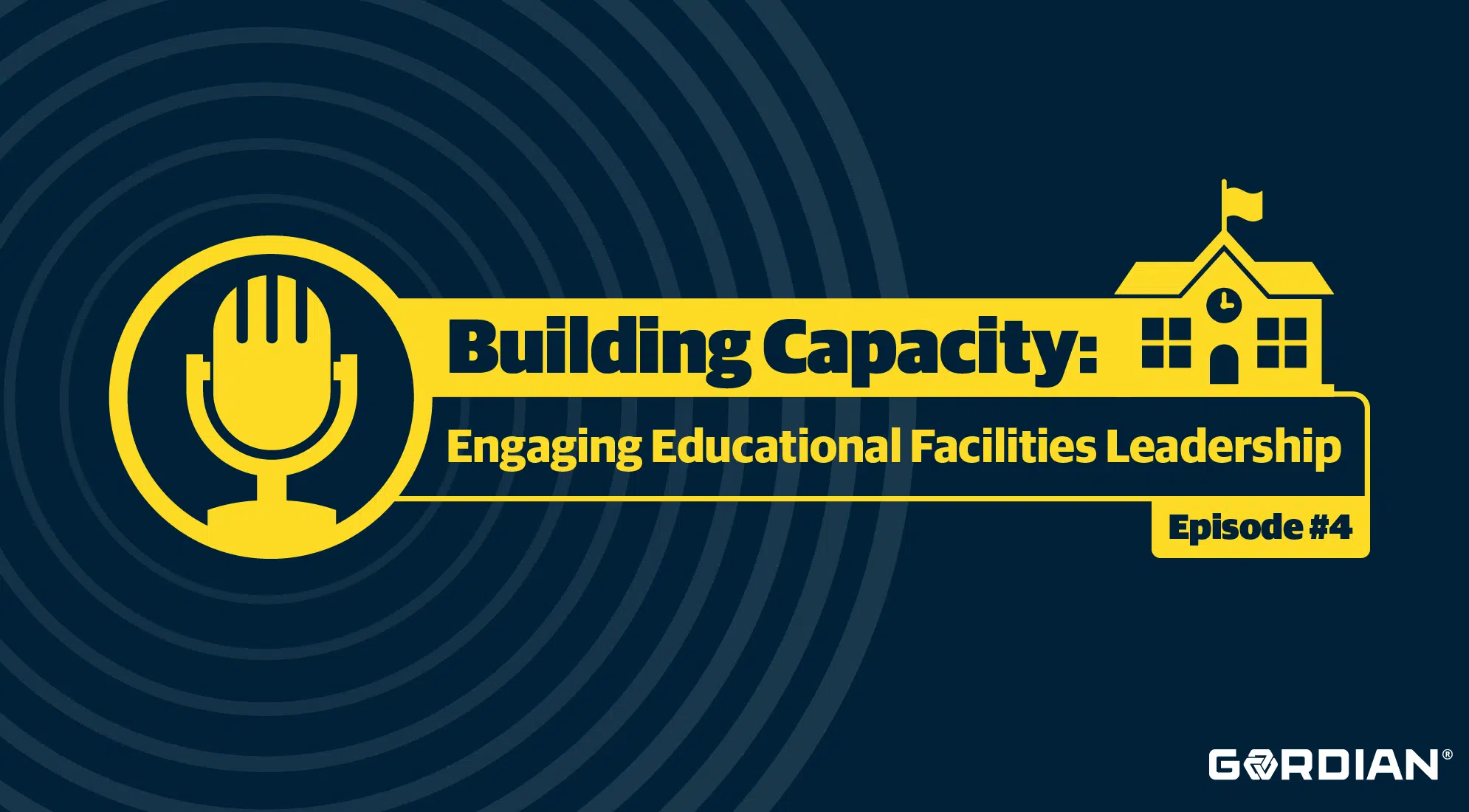
Public Procurement Insights from Tammy Rimes
August 8, 2025
Tammy Rimes, Executive Director of the National Cooperative Procurement Partners (NCPP), has spent many years in public procurement and in multiple roles. She discusses her experience with the NCPP, changes in the procurement landscape and how to handle those challenges through innovation.
“…we need to be forward-thinking. Many times procurement leans to the compliance side rather than the innovative, because anybody who fails in government does so in a public way.”
Tammy Rimes
Tell us about the National Cooperative Procurement Partners.
The National Cooperative Procurement Partners (NCPP) was formed just over three years ago to educate and advocate on matters related to cooperative procurement. Serving as the voice for the cooperative world, its goals include creating unique educational materials, supporting advocacy efforts, providing conference training and reporting on trends and developments.
NCPP created a go-to resource called the “Roadmap to a Cooperative Procurement Strategy.” It provides all the key questions to ask when considering a cooperative contract to make the ultimate selection. Polling “in-the-know” managers from across the country, and including their questions into this road map, this free resource is now available for procurement teams. Taking the effort even further, NCPP commissioned The Harvard University Kennedy School of Government to research and publish a white paper to provide a 360-degree view of the relationship between co-ops, suppliers and public procurement. Its conclusion is that cooperative purchasing does add value and serves as an endorsement of how co-ops can make meaningful change in agencies and communities.
The Association was created by three founding members—National IPA, Sourcewell (formerly NJPA) and E&I Cooperative Services—and membership is open to other cooperative organizations, strategic suppliers and public procurement and government officials.
How has public procurement changed in the last 10 years?
Back in 2008-2009, government teams were reduced significantly and funding was decreased, but the volume of work was maintained. With a shortage of resources, teams had to move from an operational or reactional mode to a more strategic one.
The technology world has changed, too. In the past, purchasing a trash can or a streetlight was a simple purchase. However, that is no longer the case. Now that simple trash can may have a computer sensor to indicate when full. That street light may use an alternative power source or have other amenities such as special cameras. Being well-versed in technology is more important now.
Finally, there are social and economic goals. When a city council or a board passes an initiative on social responsibility, like sustainability, purchasing makes that happen. Whether it’s pre- or post-consumer, purchasing has to determine how that initiative plays into contracts, how it is measured and ultimately, how it is reported
Can you tell us about the challenges impacting public procurement employees?
Many procurement folks across the country say they are overworked. Yet these same professionals also expect their workloads to continue growing in the next year. Something has to give, unless they do things differently.
Another challenge is that a good part of the workforce is retiring. Referred to as the “silver tsunami,” these veteran employees are taking years of knowledge, history and experiences with them. On the other side, which may be a benefit, they may also be taking away the old ways of doing things. That’s not necessarily bad thing, for those who have heard the expression, “because that’s the way we have always done it.” The new workforce will have a different way of looking at things, adopt technology more rapidly and may look for ways to further streamline processes.
When it comes to the new workforce, what are some challenges and benefits they can look forward to in procurement?
Recent college graduates aren’t applying for government jobs, because government doesn’t do a good job of selling itself as a career. We’re not shiny and bright like the tech companies; we’re not cutting edge; nor are we seen as “fun.” Pensions, and long-time medical benefits, which were one of the differentiators for joining the government workforce are going away. Filling government roles with people who want to stay is difficult.
During my 20+ years, in government, all the roles that I held were very different. I often share that my job as purchasing agent was the hardest, yet best job I ever had. I never got bored. There’s also great job satisfaction when you see a police officer driving a car you bought or a firefighter saving lives with the equipment your team purchased.
NCPP is an advocate of cooperative procurement. How has it changed over the past couple years, and what is the impact to government purchasing?
Traditionally, co-ops were used in two ways. One was to save money. A small rural school district gains greater purchasing power, similar to a larger urban district, when they combine their spending power with others. The second way is for time savings by expediting the procurement process. With the changing demands, the cooperative industry is evolving as procurement and customer departments’ needs are evolving.
For example, due to rapid changes in technology, as soon as you create an RFP, bid and ultimately award a contract, the technology may have already changed. Or there are new features that were not available, nor were you aware of, when the RFP hit the street. Cooperatives can be used for “gap filling” or offer a more comprehensive list of products and services than your original RFP. Rather than going to bid for those missing items, you may choose a cooperative contract to fill that gap.
Urgent or time-sensitive situations are another impact. The price of a generator before an emergency versus during an emergency can be very different. When you are piggybacking on an established contract, you obtain supplies at the contracted price without pricing spikes. Or if you are facing the end of the fiscal year and a last-minute purchase needs to be made, it’s much more reassuring to have a competitively bid contract on which to piggyback rather than issue a non-competitive sole source.
Lastly, services and construction are new offerings in co-ops. You may buy an HVAC unit, but you also need installation services. Or you want laundry and rental services as part of your uniform contract. That is often already built into the co-op contract and opens possibilities to use cooperatives in new efficient ways.
What are some common misconceptions about cooperative procurement you’d like to set the record straight on?
One phrase I have heard which makes me cringe is: “Use a cooperative so you don’t have to go through a solicitation process.” No, no and no! Just because you’re not conducting the solicitation yourself does not mean rules and regulations are not being followed. I want people to know there has been a solicitation process. Original bid documents, including how it was advertised, the evaluation, pricing and the ultimate contract award, should all be available for your review to make that decision. The other comment is that there are now too many choices. I personally would like to have more than one choice – that means there are more suppliers, more solutions and more products to choose from. Choice is a good thing in procurement. It might take a bit more research up front, but once you have conducted your due diligence, having more than one cooperative and sets of contracts is a good thing for your agency.
Can you touch on some of the key processes or techniques that contribute to a successful cooperative partnership?
The more knowledge and information you have, the better the relationship. As a procurement professional, you have lots of choices. Find out who your peers trust and recommend, then research that co-op further. Talk to the cooperative membership and contract teams, while evaluating their ability to answer your questions and level of customer service. Are you able to review the contract documents? Is the awarded vendor well-versed in the contract and can provide the pricing needed?
It’s like cookies- we love them. If you go into a store and see 200 kinds of cookies, you most likely choose your “go-to” cookies. But if you are like me, you still occasionally try new cookies. Or if cookies ain’t your thing, then it could be ice cream, shoes or you name it! It’s the same with co-ops. Do you need 20 cooperatives in queue? Probably not. Have your key one or two that you have researched and built a relationship with, and then once in a while, try a new one.
What is the biggest complaint people have about procurement processes?
Everyone has the same complaint about purchasing – too slow! And they’re right. Purchasing has a lot of rules and regulations to follow where some processes take weeks and months to complete. That is the role of procurement – to ensure a fair, transparent and open process, which takes time. That’s where cooperative procurement is useful – that lengthy, time-consuming solicitation process may already be done for you.
One additional appeal of co-ops is the element of oversight. If you initiate a contract with a vendor on your own and then have difficulty resolving an issue, it’s just you vs the vendor. However, if you are using a cooperative contract, that co-op is interested in things going well. You have their help because they want to ensure contract success for you and all the other agencies using it – much greater leverage!
What advice do you have for someone in a public purchasing department considering alternative procurement methods such as Job Order Contracting?
Construction contracting is often one of the longest and time-consuming processes. With the large amount of spend in this category, procurement and public works teams can be very compliance-oriented. We want to make sure all rules are followed and that our agency stays out of the news. However, to meet the changing needs of our customers, we need to lean more into new ideas and become forward-thinking. It’s a fine balance, where decisions lean more toward the compliance side rather than the innovative. It’s not necessarily their fault since government employees have learned that when one fails in government, it often happens in a public way. Government employees don’t have the luxury in learning through failure – we are not given any latitude since we are spending taxpayer dollars.
Job Order Contracting, also known as JOC, is a fast growing, proven contracting methodology adopted by more agencies across the nation. Whether you are a city, county, school district or special district, a huge benefit of JOC is that purchasing can shine by quickly getting a contractor in place. JOC creates a relationship where you’re working side-by-side with the contractor to address the problem. Agency directors can implement solutions quickly and most importantly, comply with all public contracting laws.
When trying anything new, such as JOC, I suggest reaching out to your peers and learn more from stories from those who have forged ahead of you. Your suppliers can often offer references and successful case studies. When you’re proposing something innovative, it’s a good time to name-drop these other success stories to your decision makers. That way, they don’t feel like they’re taking on something unproven or never been tried before.
About Tammy Rimes, MPA
Tammy was the former Purchasing Agent for the City of San Diego, the nation’s ninth largest city. She also had the customer experience in various departments such as City Clerk’s Office, Financial Management, Community Services and the Water and Wastewater departments. She currently serves as Executive Director at NCPP with a focus on advocacy and education. Tammy also authored the book Drink Fine Wine…Ride Fine Horses – Leading the Life of Your Dreams in which she provides a fun and informative guideline, with real stories, on how others can begin their own dream life, while working their “day job!”
Share this:






